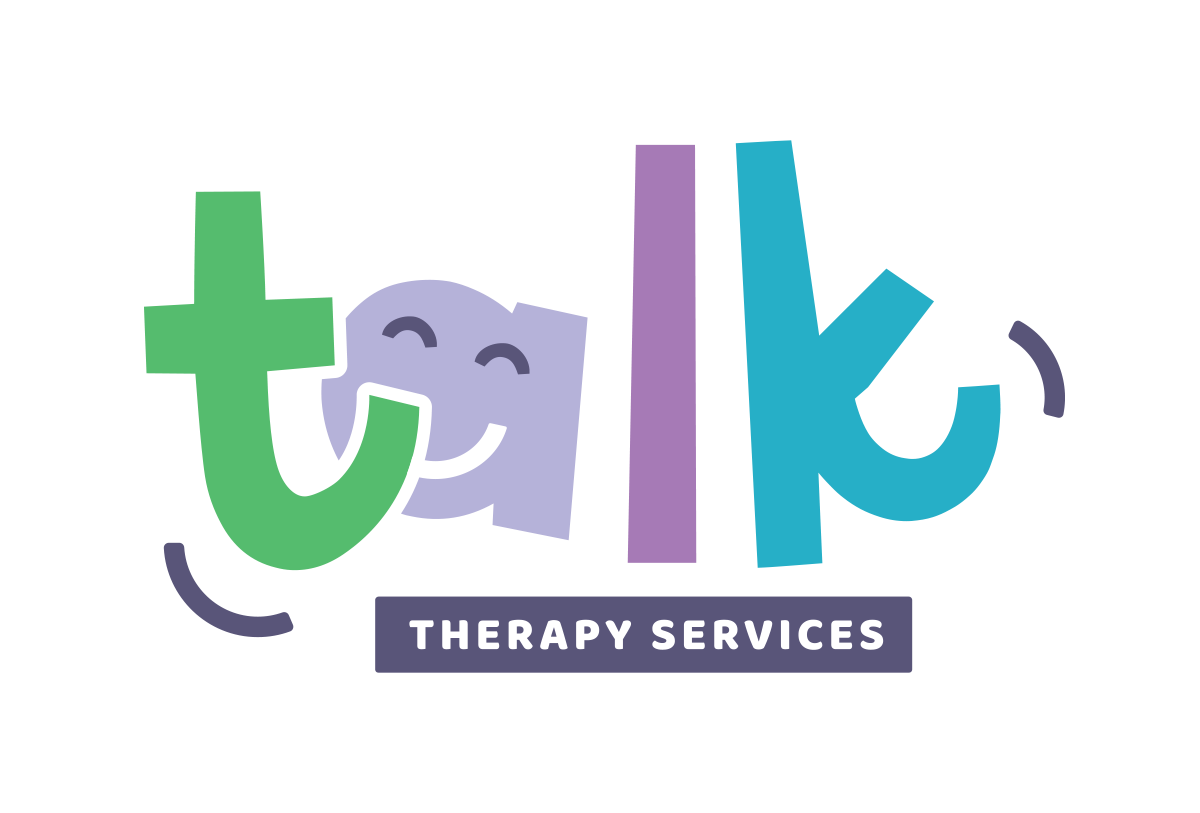Integrating Mindfulness Practices into Speech Therapy
Mindfulness offers numerous benefits that align well with speech therapy objectives.
The Benefits of Mindfulness in Speech Therapy
Improved Focus and Attention: Speech therapy often requires sustained attention on tasks such as articulation, phonology, or fluency exercises. Mindfulness techniques, like focused breathing, can help clients build the concentration needed to succeed in these areas.
Reduced Anxiety: Many clients, especially those who stutter or struggle with social communication, may feel anxious about speaking. Mindfulness practices can create a calming environment, helping clients approach therapy with confidence.
Enhanced Self-Awareness: Mindfulness encourages clients to tune into their bodies and emotions. This heightened awareness can help them recognize patterns, such as when tension impacts their speech or when they’re making progress toward therapy goals.
Practical Mindfulness Activities for Speech Therapy
Breathing Exercises Begin sessions with simple breathing exercises to help clients center themselves. For example, the "4-7-8" technique—inhale for four counts, hold for seven, and exhale for eight—can promote relaxation and readiness to engage.
Body Scans Guide clients through a brief body scan to identify areas of tension. Ask them to notice how these areas feel and encourage relaxation, fostering physical and emotional ease during therapy tasks.
Mindful Listening Use auditory mindfulness exercises, such as focusing on the sounds around them or a specific tone. This practice sharpens listening skills, which are critical for improving auditory discrimination and speech comprehension.
Gratitude Journaling For older clients, keeping a gratitude journal can encourage reflection and positivity, setting a productive tone for therapy sessions.
Visualization Techniques Encourage clients to visualize themselves successfully completing a task or achieving a goal. This can build motivation and create a positive mental framework for their speech therapy journey.
Tips for Implementation
Adapt to Age and Ability: Tailor mindfulness activities to the client’s developmental stage and cognitive abilities. Young children may benefit from playful breathing games, while teens and adults might enjoy journaling or visualization exercises.
Consistency is Key: Incorporate mindfulness practices regularly to help clients develop these skills over time.
Involve Caregivers: Encourage parents or caregivers to practice mindfulness with clients at home, reinforcing skills learned in therapy.
Integrating mindfulness into speech therapy is a holistic approach that addresses not only communication challenges but also the emotional and psychological needs of clients. By creating a calm, focused, and supportive environment, therapists can empower clients to achieve their communication goals with greater ease and confidence. As mindfulness becomes a regular part of therapy, clients may find that these practices extend beyond the clinic, enriching their daily lives.

